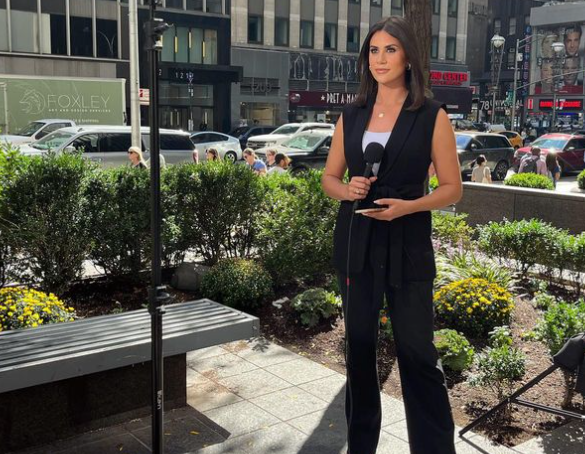This study aims at determining the impact of location on television news audiences. During the COVID-19 pandemic, broadcasters were forced to leave their stations and to work from home because of safety reasons, altering basic journalistic practices.
Researchers focused on the Para-Social Interaction and Para-Social Relationship between news anchors and their audience: despite the screen separating the two, it has been previously studied and proved that audiences develop a form of para-social, somehow intimate relationship with news anchors over time, and daily news become a benchmark in people’s day. TV personalities provide the feeling of having a one-on-one conversation, and audiences grow an interpersonal involvement in the news they consume.
With the pandemic, these news anchors were pushed to the intimacy of their homes, modifying the parameters of their relationship with their audience. Therefore, the research focuses on the effects of this change of location on Para-Social Interaction (EPSI-Scale) and Para-Social Relationship (PSI-scale) over different periods of time (one-time viewing event versus enduring, long-term relationship). Moreover, researchers wondered what audiences like or dislike about anchors reporting from their homes.
An online survey was conducted, gathering 325 participants recruited using Amazon’s Mechanical Turk (Mturk). The participants were split into two groups, viewing a different video from one another. One of the videos featured anchor and reporter Alicia Barnes from WIS News 10 in Columbia (SC) in her home, while the other was located at the news studio. Barnes recorded herself at home, using the same script as a segment broadcasted at the beginning of the pandemic about a new phone app contact tracing for coronavirus. The participants were randomly assigned one of the two videos and asked to answer a series of questions, identical for the two groups.
Results showed that for a one-time viewing, the Para-Social Relationship and Interaction between the audience and the anchor were slightly stronger when the news anchor was in her own home. As for an enduring, long-term relationship, the levels of Para-Social Interaction were higher but not the levels of Para-Social Relationship. There is, therefore, no significant change in the viewer-personality connection due to location.
Finally, the feedback from the participants about what they like or dislike about anchors reporting from home included seeing a different side of the reporter and getting a new perspective into them as people outside of their job. Many participants found it comfortable to watch the anchors at home, giving them a sense of realness. They also liked the comfort of knowing the reporter was safe, as well as realizing they can relate to them since they are experiencing the pandemic themselves. On the negative side, bad lighting and technology issues were the most common answers.
To read more: https://www.tandfonline.com/doi/abs/10.1080/08838151.2021.1993226
Kirstin Pellizzaro and Madeleine Liseblad. Reporting from My Home: Location Effect on the Para-Social Phenomenon and the News Broadcast Industry. Journal of Broadcasting & Electronic Media 2021, VOL. 65, NO. 4, 595–614 https://doi.org/10.1080/08838151.2021.1993226








